Understanding Direct Current Sintering (DCS): A Modern Advancement in Materials Engineering
In the realm of advanced manufacturing and materials science, Direct Current Sintering (DCS) is a state-of-the-art technique gaining traction for its ability to rapidly and effectively consolidate powders into dense, solid materials. DCS offers an efficient and precise alternative to traditional sintering methods, particularly for high-performance applications where microstructural control and material purity are critical.
What Is Direct Current Sintering?
Direct Current Sintering is a solid-state sintering process that leverages a direct electrical current and applied mechanical pressure to fuse powder materials. It is a variation of other field-assisted sintering technologies such as Spark Plasma Sintering (SPS) and FAST (Field-Assisted Sintering Technique), but is specifically characterized by its use of a continuous or pulsed direct current to generate internal heat.
This process typically involves the placement of metal, ceramic, or composite powders into a conductive die—often made of graphite—followed by the application of uniaxial pressure. A direct electrical current is passed through the die and, in some configurations, through the powder itself. This results in rapid internal heating via Joule (resistive) heating, enabling fast densification without requiring externally applied high temperatures.
Process Overview
- Powder Loading: The material to be sintered is loaded into a graphite die.
- Current and Pressure Application: Direct current is applied to heat the material, while uniaxial pressure compacts it.
- Sintering Phase: Rapid heating, often exceeding 100°C per second, densifies the material within minutes.
- Cooling and Ejection: After reaching the desired density, the sample is cooled and removed from the die.
Key Benefits of DCS
- Rapid Sintering Cycles: Unlike traditional furnace-based sintering that can take several hours, DCS often completes in under 10 minutes.
- Lower Sintering Temperatures: The internal heating reduces the need for high external temperatures, preserving the properties of heat-sensitive materials.
- High-Density Materials: DCS can achieve near-theoretical density, essential for structural integrity in high-performance applications.
- Controlled Microstructure: The short sintering times minimize grain growth, which is critical for mechanical strength and thermal stability.
- Energy Efficiency: Localized heating reduces overall energy consumption compared to conventional methods.
Applications Across Industries
The precision and efficiency of DCS make it ideal for a variety of advanced manufacturing sectors:
- Aerospace and Defense: For producing lightweight, high-strength components such as ceramic armor and refractory metals.
- Biomedical Engineering: In the fabrication of implants and prosthetics using biocompatible materials like titanium and hydroxyapatite.
- Electronics: For sintering thermoelectric materials and conductive ceramics with fine microstructures.
- Tool and Die Industry: Ideal for sintering wear-resistant materials like tungsten carbide.
- Research and Nanomaterials: Frequently used in laboratories for sintering nanostructured and experimental materials where control over grain size and porosity is critical.
Advantages
Compared to traditional sintering, Direct Current Sintering offers several distinct advantages. While conventional sintering relies on external heating through a furnace, DCS utilizes internal resistive heating via direct electrical current, enabling much faster thermal response. As a result, sintering cycles that typically take hours with traditional methods can be completed in just minutes with DCS. Additionally, DCS provides far more precise and localized temperature control, reducing thermal gradients and enhancing microstructural uniformity. Another key difference is the use of pressure—DCS requires uniaxial pressure to aid densification, whereas traditional sintering may not incorporate pressure at all. These factors contribute to DCS's superior ability to produce high-density materials with refined microstructures, making it more efficient and effective for advanced applications.
Conclusion
Direct Current Sintering represents a significant advancement in the field of powder metallurgy and materials processing. Its combination of speed, efficiency, and control positions it as a valuable tool for industries requiring precise and high-performance materials. As the demand for complex, lightweight, and high-strength components continues to grow, technologies like DCS will play an increasingly important role in shaping the future of manufacturing.
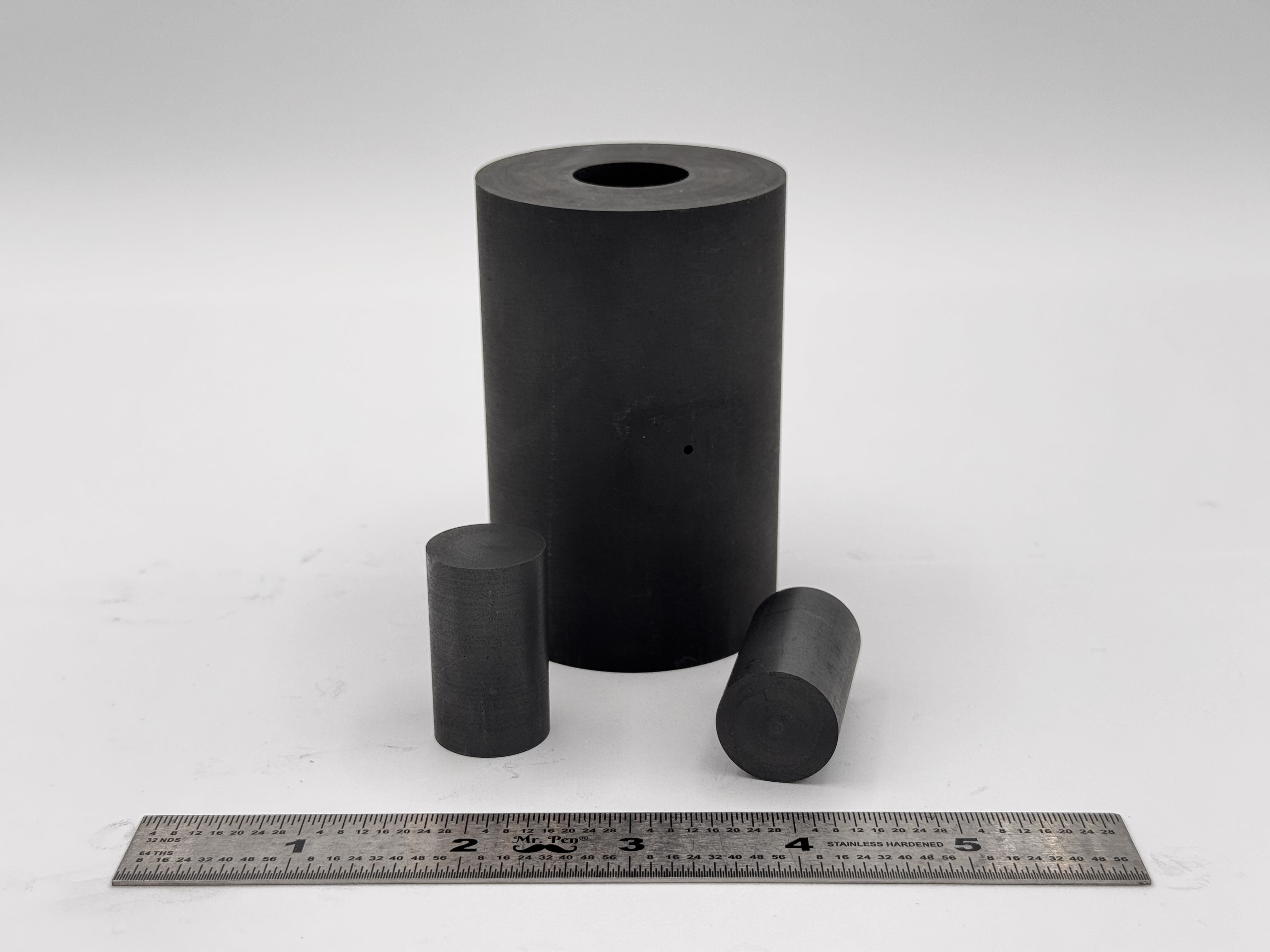 High Strength SPS Graphite Tooling
High Strength SPS Graphite Tooling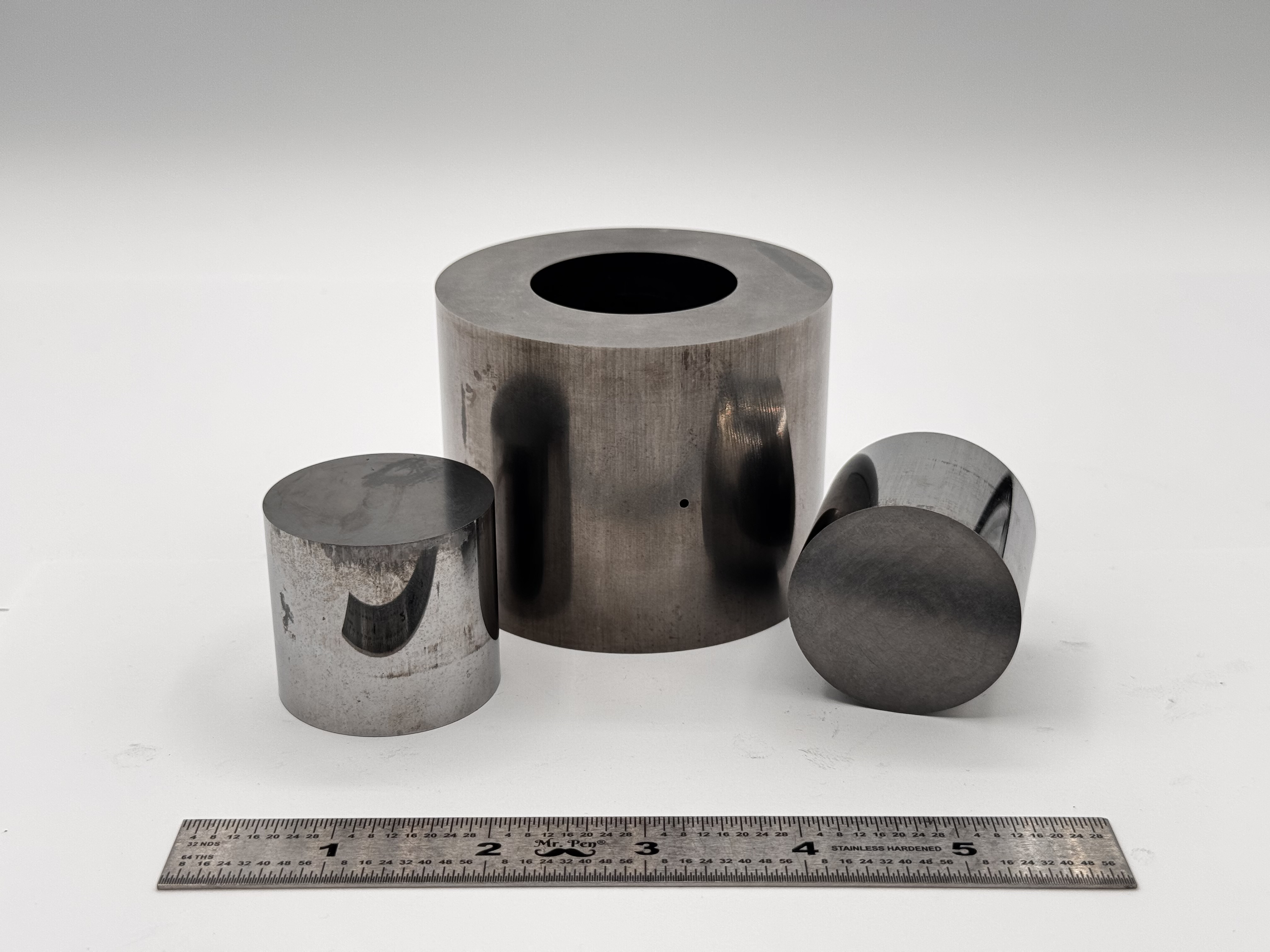 Tungsten Carbide Tooling
Tungsten Carbide Tooling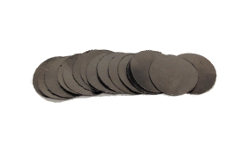 Carbon Graphite Foil / Paper
Carbon Graphite Foil / Paper Carbon Felt and Yarn
Carbon Felt and Yarn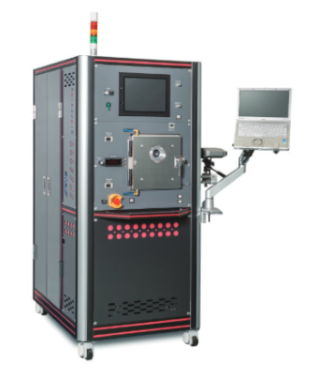 Spark Plasma Sintering Systems
Spark Plasma Sintering Systems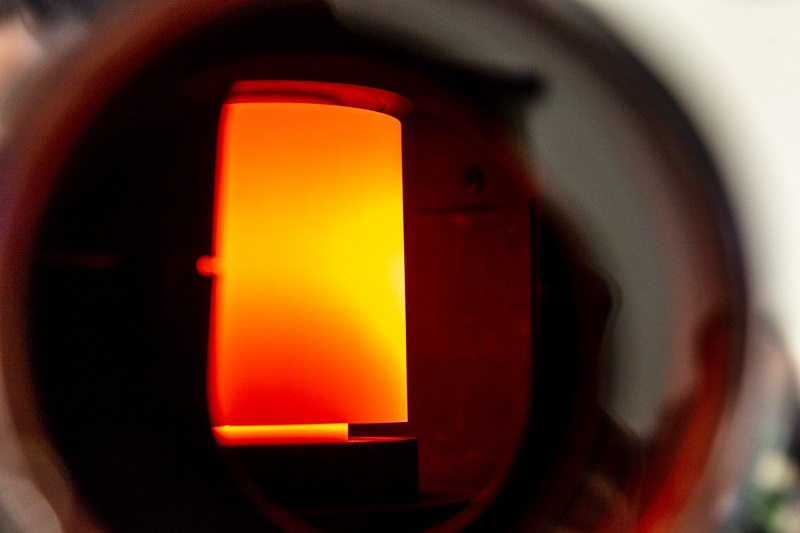 SPS/FAST Modeling Software
SPS/FAST Modeling Software